New York State is home to hundreds of theaters and music venues both big and small. Each building has their own unique history and character. The Earlville Opera House, located between Madison and Chenango County, in Central New York, is no exception.

The original Earlville Opera House was constructed back in 1892. It was destroyed by fires twice in its early years, but the current building has stood strong for over 125 years. As of 1974, the Opera House is listed on the National Register of Historic Places. Although the village Earlville has a population of less than 800 people, the Opera House makes this small town a stunning cultural landmark.
Over the years, the Opera House has served many roles within the community. In the late 1800s and all the way to the Roaring Twenties, the venue was a stage for vaudeville acts, three-penny operas and traveling medicine shows. At one point, it became a silent movie house and at another served as a public auditorium for town meetings and even high school graduations.
While the Opera House is now a wholly unique feature of Earlville, it wasn’t always that way. In the late 1800s when these sorts of theaters were widely popular, there were as many as six other opera houses in the adjacent towns, including Waterville and New Berlin. Over the years, they became relics of the past and faded from memory both metaphorically and literally. In Central New York, one was torn down to become a parking lot and another in Hamilton was rebuilt into apartments, while another in Oriskany Falls was destroyed by a fire.
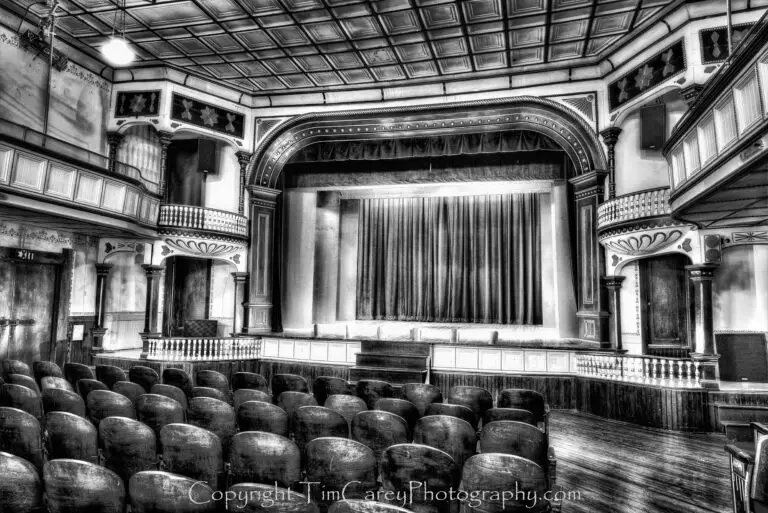
The Earlville House experienced nearly all of these fates at one point or another. The theater first closed its doors during the Great Depression. Though it re-opened in 1937 as a theater showing “talking movies,” the Opera House closed once again in 1952 and wouldn’t see the light of day until 1971. It was bought by Joey Skaggs, an artist, activist educator and self-proclaimed “media prankster.” Before he bought the place, it was slated to be torn down into a parking lot just as the Sherburne Opera House had met its end that same year.
Skaggs proved to be the defining difference between the two theaters. He stopped the motion to turn Earlville’s Opera House into an empty lot and instead placed the theater in the hands of a volunteer board of directors called Earlville Opera House, Inc. He sold them the theater for the grand price of $1.
Michelle Connelly is now Executive Director of the Opera House and she says she is grateful for Joey Skaggs’ investment in the theater and community.
“We kind of live off of inspiration and good vibes and that gains momentum when people believe in what you do and support you and it’s inspiring,” she said. “Joey’s mission and vision we keep alive … Our mission is to enrich the Central New York and Southern tier regions through the visual and performing art but also to help maintain our building here for future generations to use.”
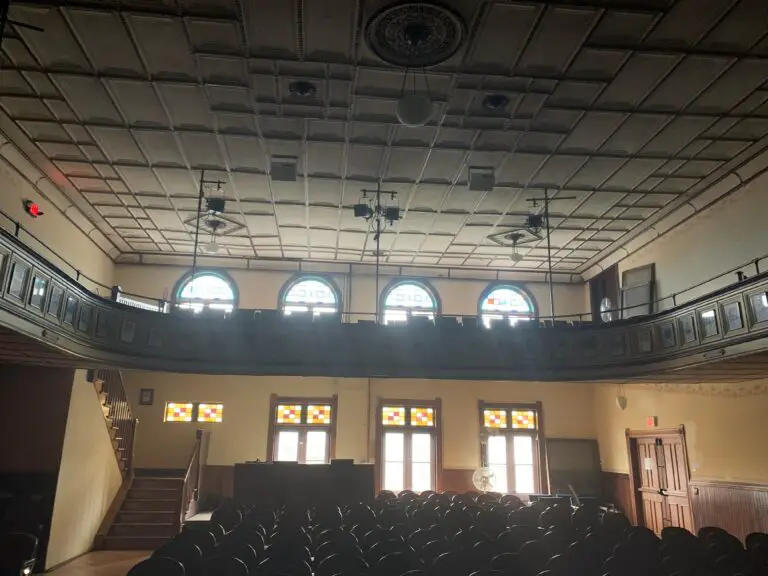
A great deal of restorative work was needed after the theater’s 15 year hiatus. Although the building was updated in many ways, it was merely restored, not changed. The theater remains pretty much the same as when it was first built. It may not have air conditioning, but Connelly said that just adds to the old-school charm.
“We have a beautiful venue where we can create events that provide for shared experiences between people that create memories and form community bonds,” she said. “You can’t really articulate the worth of that… it’s absolutely priceless … It’s an intangible thing, but that’s a byproduct of what we do.”
According to Connelly, the theater also boasts one of the only remaining horseshoe balconies in the U.S.
“It’s sloped and our stage is raked which means it has a slight downward lean to it, so when the balcony also does that, it kind of meets in the middle and the acoustics are incredible in that theater,” Connelly explained.
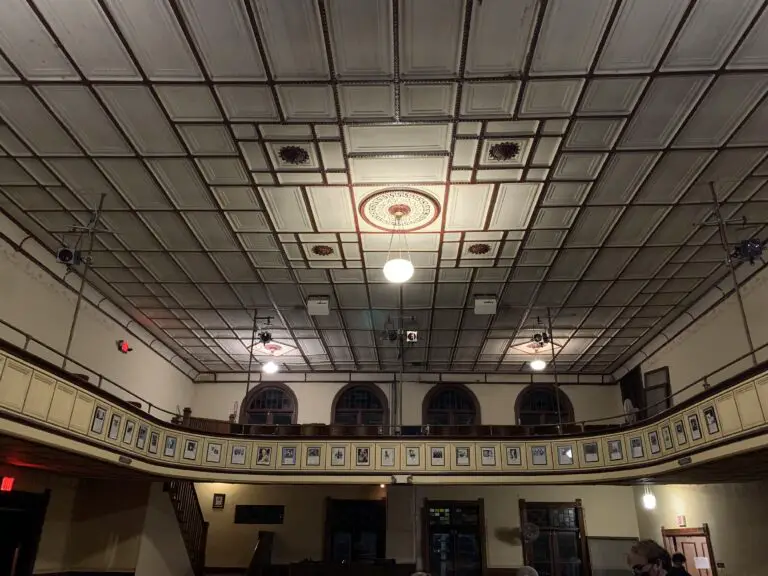
In 1976, five years after it was purchased by Skaggs, the Opera House had its first live performance in more than fifty years. It hasn’t looked back since.
In the past, performing artists have included David Bromberg as well as Heritage Blues Orchestra, Los Blancos, Martha Redbone and Savoy Brown. This year, singer-songwriter and blues musician Carolyn Wonderland will grace the stage. Other notable acts coming to the Opera House include Hazmat Modine and Marcia Ball. For a full list of upcoming performances, click here.
The theater is largely sustained through grants and other funding. It is well off enough that it actually administers grants of its own to artists and arts organizations in three counties: Broome, Chenango and Oswego. This year the Opera House will re-grant over $230,000 for cultural initiatives and supporting the performance arts.
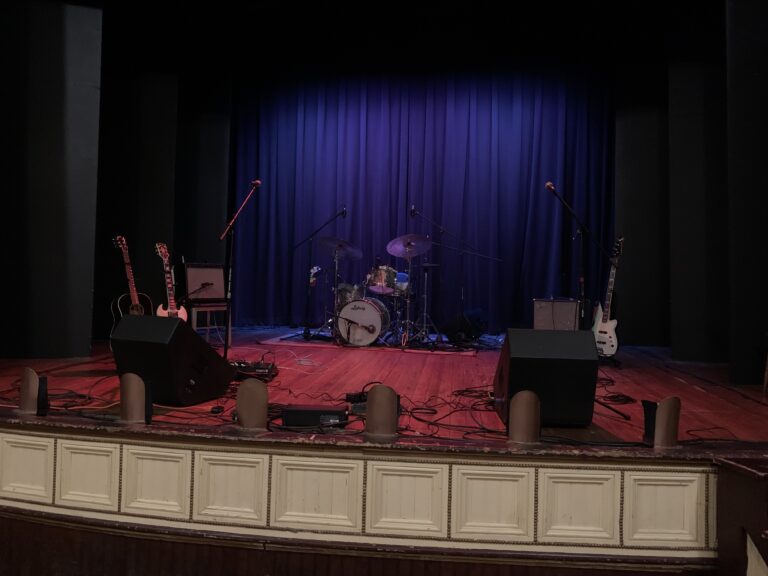
The Opera House continues to be a fixture of the small community in more ways than one.
In addition to the main stage, an arts cafe and outdoor courtyard allow local and emerging musicians to perform. They also have a free art gallery on site, featuring the works of local artists. There is currently a gallery on display from March 18th until April 22nd featuring painting and photography from three regional artists: Tom Schmitt, Frank Vlossak and Bill Baburchak.
Workshops are also hosted and open to all, for a small fee. Gary Talley, lead guitarist of the Box Tops, will teach a masterclass guitar course at the theater in July as part of an Earlville guitar workshop weekend hosted by the Opera House from July 28-30th. Talley will then be doing a public performance that weekend on the 29th at 7pm.
Connelly said being a source of community support like this ties directly into Skaggs original mission to enrich the arts of the surrounding area.
“If you can make any kind of impact or difference in a positive way, we should,” Connelly said. “That’s the role of the arts. Arts are used to express and help people in many different ways as an avenue of expression.”
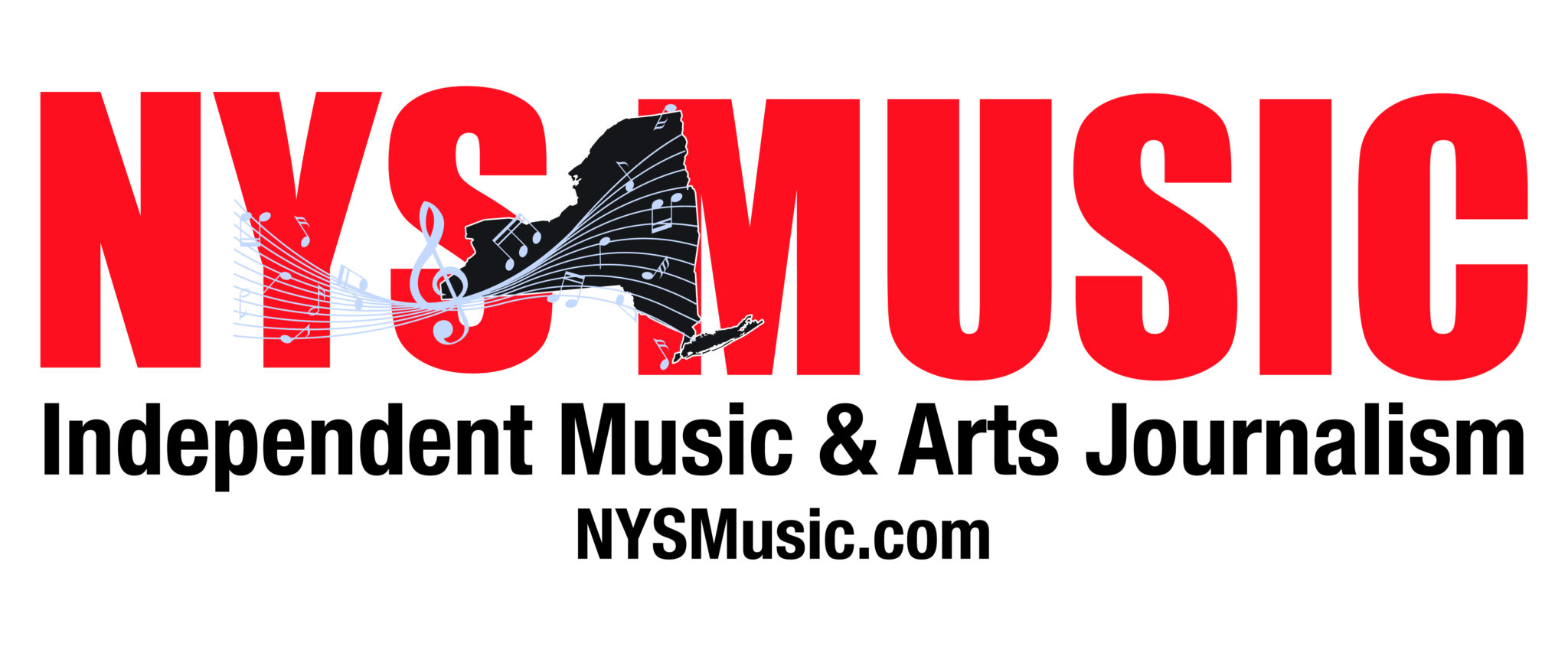

Comments are closed.